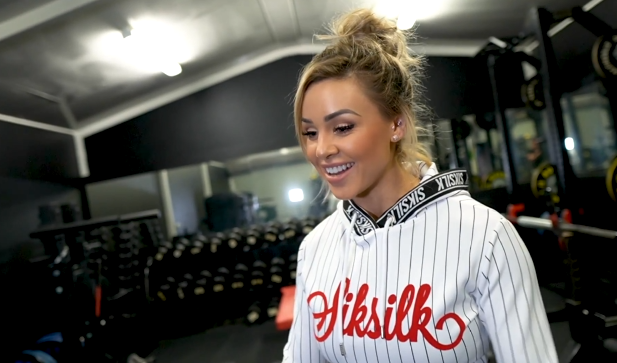
There’s a unique kind of energy in the gym when you know it’s time to go for a deadlift PR. The plates clang a little louder, your breath slows into focus, and for a brief moment, the entire world narrows down to one thing: pulling that weight off the ground. For those in the powerbuilding game—where strength meets physique—hitting a new personal record isn’t just about numbers; it’s a signal that your training, mindset, and recovery are all aligned.
Let’s dive into the connection between the deadlift, powerbuilding training, and how you can push yourself toward your next big pull.
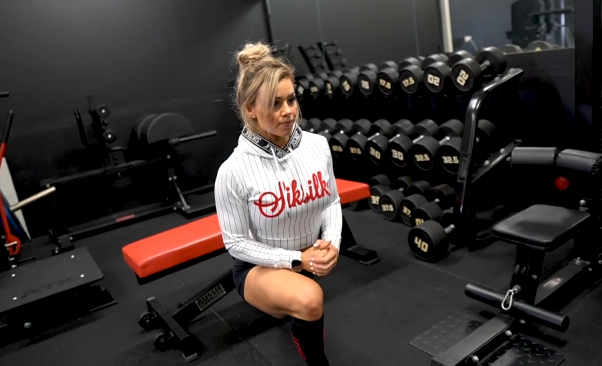
Why the Deadlift Reigns Supreme
In both powerlifting and powerbuilding, the deadlift holds a place of honor. Unlike the bench press or squat, it starts from a dead stop, demanding raw strength, mental grit, and full-body engagement. It works your:
- Glutes and hamstrings (posterior chain strength)
- Lower back and spinal erectors (core stability)
- Forearms and grip
- Lats, traps, and upper back
No other lift builds strength and size across such a broad range of muscles with one explosive movement. It’s a staple in every serious strength athlete’s arsenal—and in the powerbuilding world, it doubles as both a mass builder and a metric for progress.

What Is Powerbuilding, Anyway?
Powerbuilding is the hybrid approach to training that blends the strength-building of powerlifting with the physique goals of bodybuilding. It’s perfect for people who want to be strong and look strong.
A typical powerbuilding program includes:
- Compound lifts for strength (deadlifts, squats, bench press)
- Accessory movements for hypertrophy (like rows, RDLs, curls, triceps pushdowns)
- Periodization that balances strength blocks with volume blocks
- Progressive overload with aesthetic goals in mind
The goal is to pull more, push more, and look like you can lift a house while you’re at it.
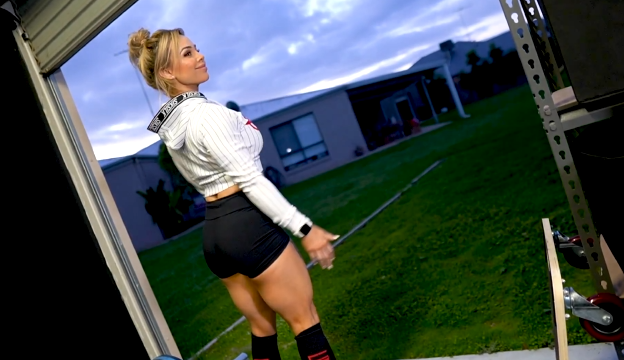
Setting Up for a Deadlift PR
Getting ready to attempt a deadlift PR (Personal Record) doesn’t just mean adding more weight. It takes preparation, programming, and perfect timing.
Here are some keys to crushing your next PR:
1. Nail Your Form First
Before chasing numbers, make sure your form is rock solid. A bad deadlift rep can quickly lead to injury and weeks off. Key points:
- Keep your spine neutral
- Drive through your heels
- Engage your lats (think “bend the bar”)
- Lock out strong and clean
Video yourself, get feedback, and dial in your technique before piling on plates.
2. Program with Purpose
If you’re aiming to hit a PR, you need a training plan that supports it. You can’t just max out every week.
Try something like:
- Week 1-3: Volume block (4×8 @ 65–70%)
- Week 4-6: Intensity block (4×5 @ 75–80%)
- Week 7-8: Peak block (3×3 @ 85–90%)
- Week 9: Deload and test PR (1×1 @ 100%+)
This style of linear periodization helps your CNS adapt while allowing muscles to grow and recover.
3. Fuel and Recover
You won’t hit big lifts if your nutrition and recovery are off. Powerbuilding is intense—you need food and rest.
- Eat enough calories to grow and recover
- Prioritize protein (1g/lb of body weight minimum)
- Get 7-9 hours of sleep
- Use creatine, omega-3s, and stay hydrated
Deadlifting heavy drains your body. Respect the recovery process like you respect the lift.
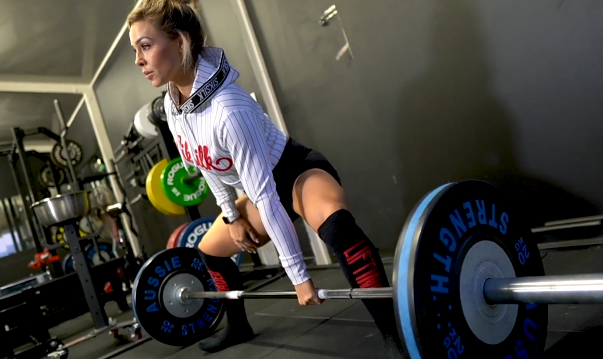
Accessory Work to Boost Your Deadlift
A big deadlift doesn’t come from deadlifting alone. You’ve got to strengthen weak links and build the muscles that support the movement.
Some killer accessory lifts for deadlift PRs:
- Romanian Deadlifts (RDLs) – Builds hamstrings and glute power
- Deficit Deadlifts – Boosts off-the-floor strength
- Block Pulls – Helps with lockout
- Bent-Over Rows – Strengthens the lats and upper back
- Good Mornings – Builds lower back and hip hinge strength
- Barbell Shrugs – Enhances grip and traps
Use these in your powerbuilding split to build a stronger, more complete lifter physique.
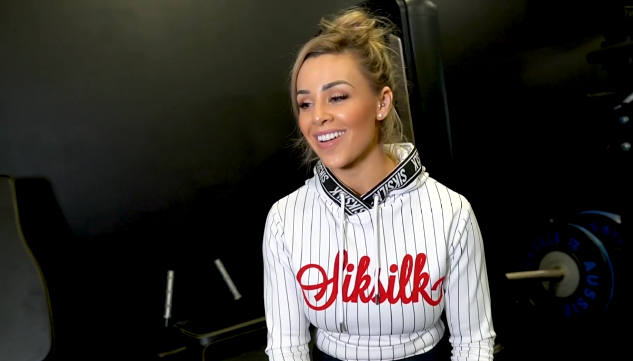
Mindset: The Secret Weapon
Lifting heavy starts in the mind. On PR day, nerves will come, doubt will whisper, and your body might feel like backing off. But PRs live in the space where discipline beats discomfort.
Here’s how to get your head right:
- Visualize the lift before you even touch the bar
- Play your PR song (everyone’s got one)
- Control your breathing and treat every set leading up like a rehearsal
- When it’s time, lock in and move that bar like it owes you money
You’re not just lifting weights—you’re challenging limits, and that starts with a committed mind.

Sample Powerbuilding Deadlift Day
Here’s a sample deadlift-focused day from a powerbuilding split:
Day 3: Pull – Deadlift Focus
- Conventional Deadlift – 5×3 @ 85%
- Deficit Deadlift – 3×5
- Barbell Row – 4×10
- Lat Pulldown – 4×12
- Barbell Shrugs – 4×15
- EZ Bar Curls – 4×12
- Plank Holds – 3×1 min
It blends heavy CNS work, hypertrophy volume, and core/grip training—everything a powerbuilder needs.
Celebrate Your Wins (Then Set New Ones)
When you finally hit that deadlift PR—whether it’s 315, 405, 495, or beyond—celebrate it. Film it. Share it. Feel the pride. You earned it.
But don’t stop there. The beauty of powerbuilding is the constant chase for more:
- More strength
- More size
- More grit
- More discipline
And most of all, more versions of you that are better than yesterday.
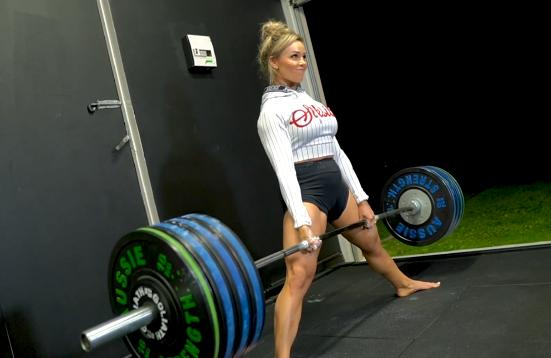
Final Thoughts
Powerbuilding gives you the best of both worlds: the raw strength of a powerlifter and the aesthetic focus of a bodybuilder. The deadlift sits at the heart of that balance—testing your limits while building a physique that commands attention.
Whether you’re pulling 225 or 600+, your journey matters. Keep training smart, eat with purpose, recover like a pro, and chase every deadlift PR with fire.
Because lifting heavy isn’t just about building a body.
It’s about building a mindset. A discipline. A life.
Now get out there and lift like a legend. 💪🔥


